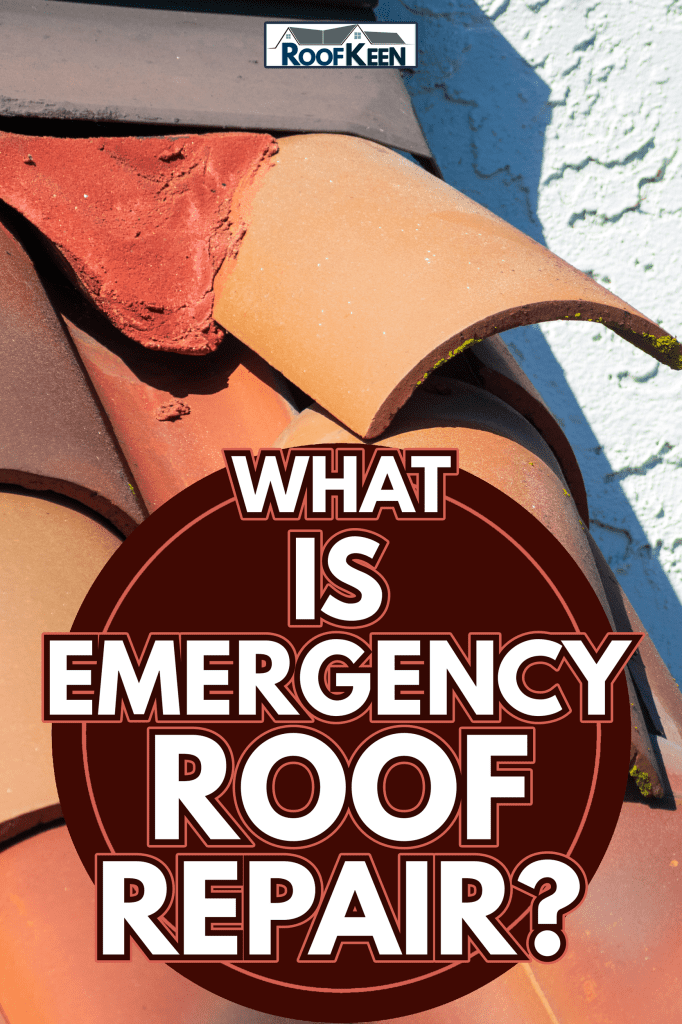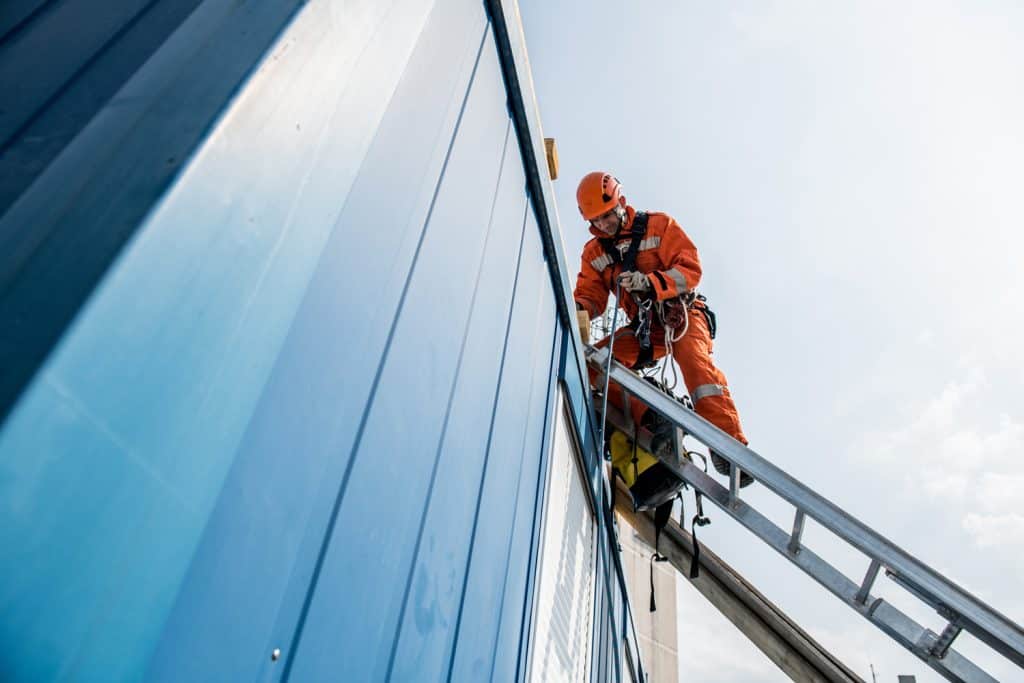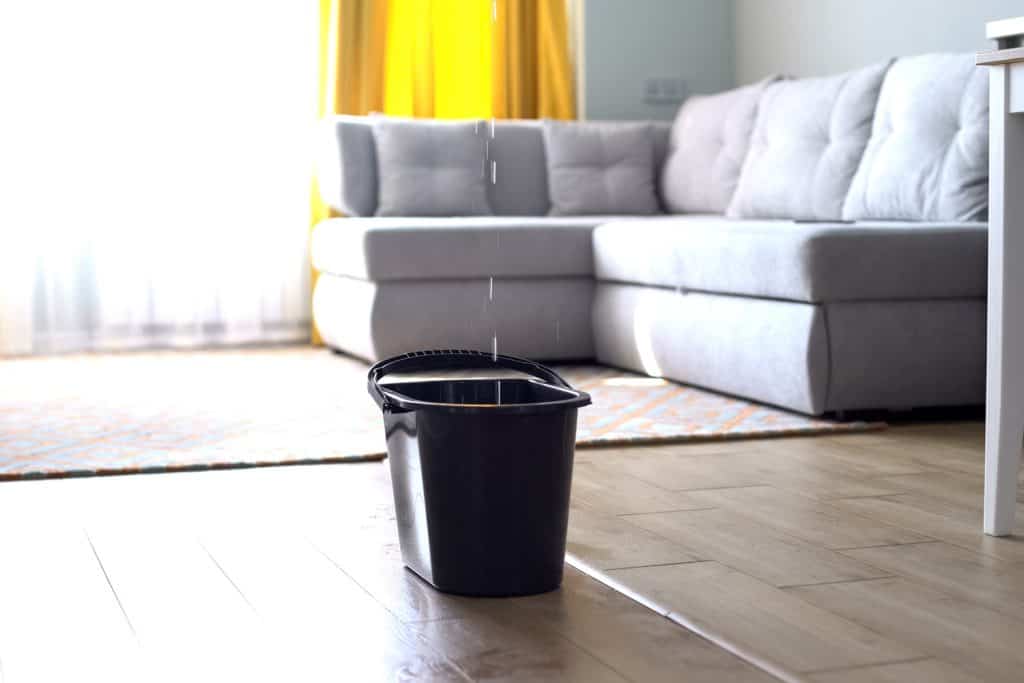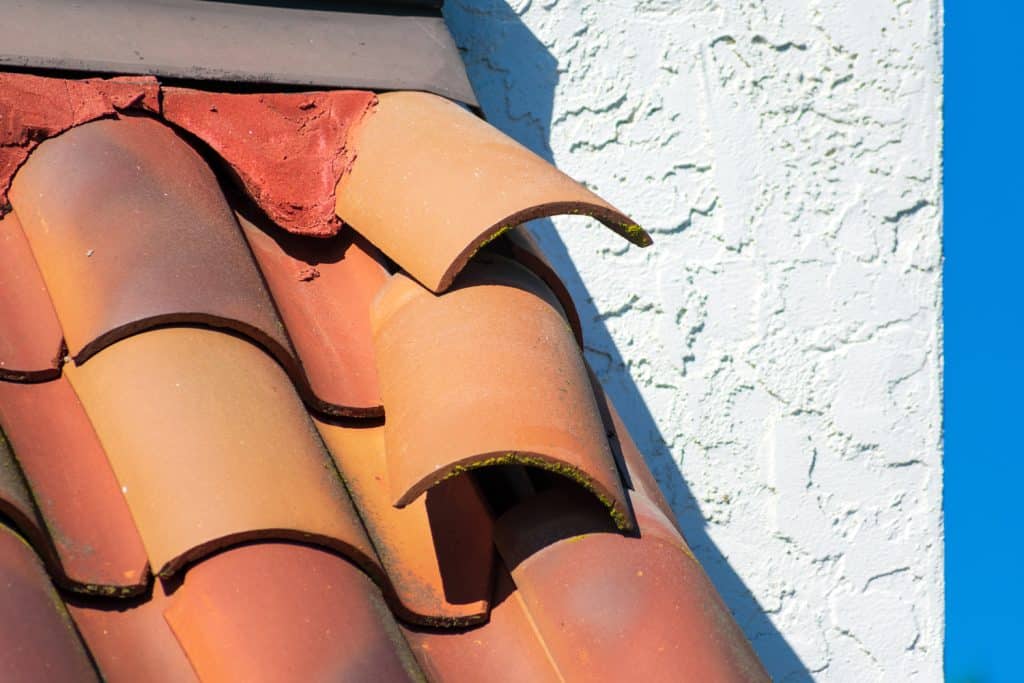Your roof is one of the most important components of your home, protecting your interior from the elements. It's something you take for granted every day without realizing it. So, what happens if a tree limb smashes into your attic during a summer thunderstorm in the middle of the night? How can you safeguard the inside of your house from serious property damage in the event of a roofing emergency? Learn more about how an emergency roof repair is handled.

Stay Rational And Level Headed.
The first action after a roof emergency is to keep your emotions in check. A homeowner may frequently view roof damage as much greater than it really is to a professional roofer. If you panic, you won't be able to follow through on all of the necessary actions.
Take Steps to Protect Yourself as Best You Can
If a storm has damaged your home, you'll want to preserve as much of the inside as possible. Place a plastic tarp or any other waterproof covering over any holes in the living area. If the hole is huge, you may need to employ buckets or other water-holding items to collect water until the storm passes. Most roofers have 24/7 emergency phones, but keep in mind that they will not send someone out during the storm due to safety concerns for their workers. To repair the damage, do not attempt to climb on the roof yourself.
What Can a Roofer Do for You?

When your roofer gets to your property, they will check it for any more concerns and make an assessment of the situation. They'll cover the hole with waterproof plastic tarps that are secured firmly to the weather. It's quite possible that the structural integrity of your roof was damaged by fire responders. This might indicate that you'll need to look for alternative housing until your roof can be replaced.
Contact your insurance provider.
As soon as possible after the storm, contact your homeowner's insurance provider. Roof damage that comes out of the blue might be very expensive. If your home is dangerous and you must leave, your policy may cover hotel or other living quarters while the roof is being restored. The adjuster will evaluate the damage and determine how much the claim is worth. If you think the estimate is too low, obtain quotations from several roofing contractors and submit them to the insurance provider as proof of the problem.
Roof Damage: What You Need to Know
Roof damage can result from a variety of circumstances. Shingles can be blown off the roof and expose the substrate, which may then be damaged by rain. It's possible that you'll need to invest in a new roof. Branches from trees that have died or branches that you want to get rid of should not be placed in your attic, as this might result in considerable damage. While lightning is rarely a precursor to disaster, it may cause holes in your roof. Squirrels and raccoons have been observed gnawing through wooden structures and creating enormous holes, as seen in this video. Fire may cause significant roof damage, making your home dangerous to enter.
Selecting a Contractor That Is Licensed

Make sure the contractor you choose is licensed and insured. There are "storm chaser" firms that specialize in pursuing homeowners after big storms. These are frequently fly-by-night firms that show up in neighborhoods attempting to persuade homeowners to use them for repairs. The repairs are frequently inadequate, and the business typically requires a large deposit. When it comes to performing the task, the contractor just sends them a text message, after which they depart immediately. Ask for references from any firm you wish and demand evidence that they are licensed and insured.
The most significant step to take when you have a roofing emergency is not to panic. It's also vital that you avoid attempting to repair the damage yourself, especially during a terrible storm.
Is a hole in the roof an emergency?

Not necessarily. However, you'll need to have it repaired as soon as possible.
If your home is damaged by fire or another force, the results may be very expensive. You'll need to contact your insurance provider immediately.
You should also select a reputable roofer who will provide you with references and proof of insurance. Be sure all contractors are appropriately licensed prior to contracting any work out to them.
Contractors can repair shingles blown off during hurricanes or torn up after particularly strong winds come through the area. They can also make repairs for tree branches that have fallen on rooftops, making holes in roofs that are large enough for wildlife to enter but not big enough for humans. If there are large amounts of water coming into your house from a damaged roof, you might need to have it replaced.
In the aftermath of hurricanes and other natural disasters, it's very common for animal wildlife to enter homes through holes in roofs. Raccoons are particularly fond of attics, as they provide lots of hiding places and access to food sources like bird feeders outside. It's possible for raccoons to tear up insulation during an attic infestation. Squirrels can also chew their way into roofs or even burrow holes that will let rainwater seep into your home. When this happens, you'll need to contact a professional who can patch up any protective membranes on your house so that water doesn't cause permanent damage.
Does House insurance Cover broken roof tiles?

It's possible that broken roof tiles will warrant a claim under your home insurance policy. However, you'll need to read the fine print first. Be sure that any contractor you hire is appropriately licensed and insured. If You have concerns about them, contact the Better Business Bureau or search on Google for reviews on their services.
No one ever expects to have a roofing emergency, but they do happen. If you find yourself in this situation, it's important to know who to call for help. Emergency roof repair can be costly, so it's best to take some preventative steps to avoid having to go through this process altogether. Follow the tips we've outlined in this article and you'll be prepared for whatever comes your way.
